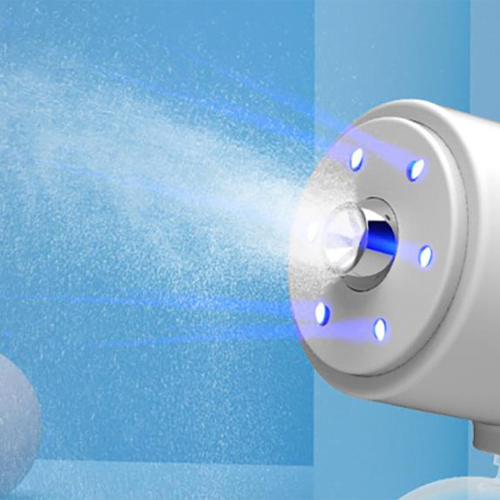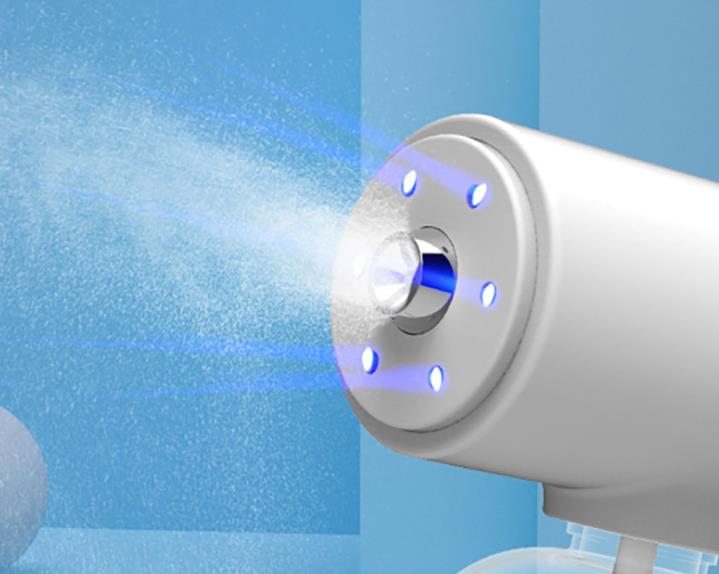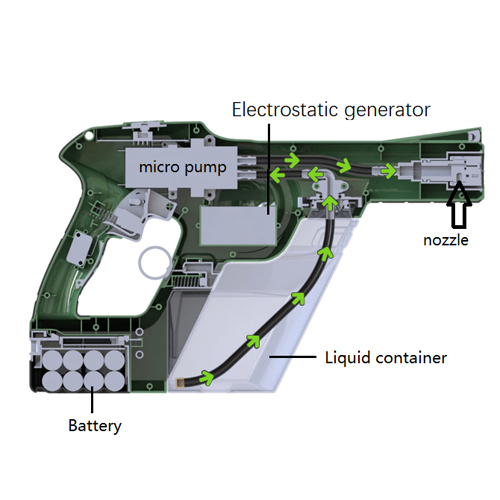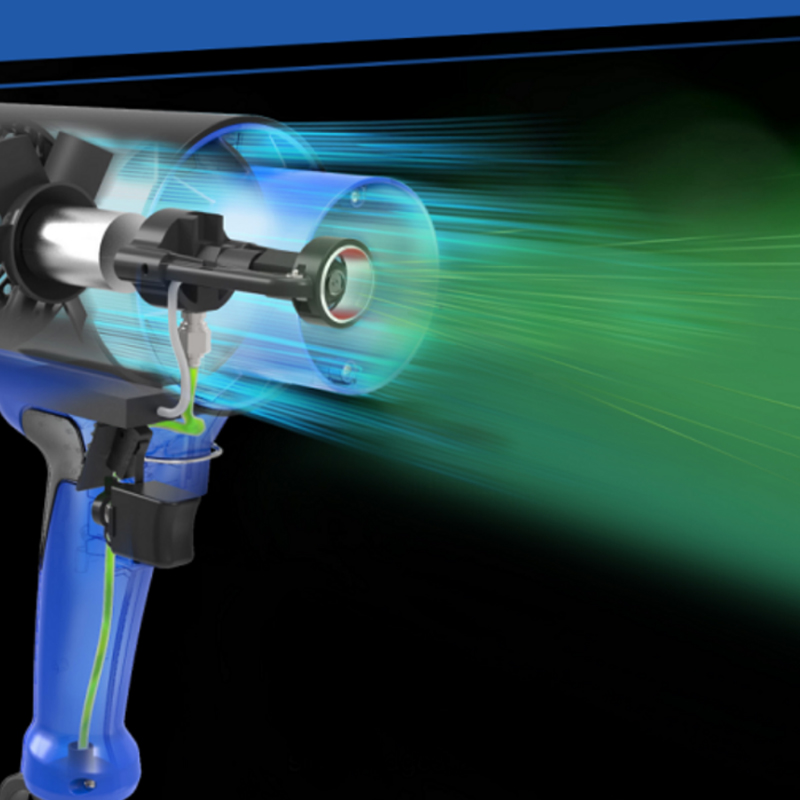Disinfection atomizing nozzle failure inspection
In general, when the disinfection atomizing nozzle just fails, its negative impact is very small and easy to be ignored. With the extension of use time, the spraying effect of disinfection atomizing nozzle is getting worse and worse, and finally seriously affects our use effect. So how to detect the fault of disinfection atomizing nozzle, do a good job of disinfection atomizing nozzle maintenance is very necessary. So let's look at the method of detecting the failure of disinfection atomizing nozzle:
1. Particle size of disinfection atomizing nozzle
With the abrasion or corrosion of disinfection atomizing nozzle, the flow rate increases, the pressure drops, and larger spray particles are produced. According to our years of production experience, this problem is usually invisible, but through the application results can be analyzed.
2. Disinfection atomizing nozzle Nozzle alignment
When multiple disinfection atomizing nozzles are installed in a nozzle, a complete uniform coverage is required. All disinfection atomizing nozzles are required to be accurately positioned with each other, that is, all atomizing spray shapes are accurately aligned to ensure accurate coverage area. All sprays should be parallel to each other at a 5° to 10° Angle from the nozzle. Otherwise the coverage would be uneven.
3. Spray flow of disinfection atomizing nozzle
When using centrifugal pump, when the connection is constantly wearing, the flow rate of disinfection atomizing nozzle will usually increase under a certain pressure. Because this traffic increase is not easy to observe, it is recommended that traffic detection be performed periodically. Flow detection can be done by measuring flowmeter readings or by collecting the amount of water sprayed over a given period of time with a collection method at a given pressure. Compare these readings with the readings on the sample, or with the readings from a new, unused sterilized spray nozzle. When a reciprocating pump is used, the water flow rate does not change when the throat is worn, but the pressure in the liquid line decreases.
Spray shape: When the fan nozzle is damaged, blocked or bonded at the throat, the uneven change of spray shape can be easily observed. When the throat is gradually worn, the change of spray shape is not easily observed until the flow rate increases substantially.
4. Sterilize spray pressure of atomizing nozzle
The problem of sterilizing atomizing nozzles caused by pressure changes is difficult to observe. With a centrifugal pump, spray pressure remains roughly constant, but fluid flow usually increases with wear at the nozzle throat. An increase in flow will result in an increase in the cost of the liquid sprayed. If a reciprocating pump is used for water supply, the flow rate remains constant and the jet pressure decreases with wear or corrosion of the nozzle. Low spray pressure reduces spray impact. If the disinfection atomizer nozzle is blocked and the injection pressure rises, it may exceed the maximum pressure allowed by the system, resulting in equipment damage or personal injury.
1. Particle size of disinfection atomizing nozzle
With the abrasion or corrosion of disinfection atomizing nozzle, the flow rate increases, the pressure drops, and larger spray particles are produced. According to our years of production experience, this problem is usually invisible, but through the application results can be analyzed.
2. Disinfection atomizing nozzle Nozzle alignment
When multiple disinfection atomizing nozzles are installed in a nozzle, a complete uniform coverage is required. All disinfection atomizing nozzles are required to be accurately positioned with each other, that is, all atomizing spray shapes are accurately aligned to ensure accurate coverage area. All sprays should be parallel to each other at a 5° to 10° Angle from the nozzle. Otherwise the coverage would be uneven.
3. Spray flow of disinfection atomizing nozzle
When using centrifugal pump, when the connection is constantly wearing, the flow rate of disinfection atomizing nozzle will usually increase under a certain pressure. Because this traffic increase is not easy to observe, it is recommended that traffic detection be performed periodically. Flow detection can be done by measuring flowmeter readings or by collecting the amount of water sprayed over a given period of time with a collection method at a given pressure. Compare these readings with the readings on the sample, or with the readings from a new, unused sterilized spray nozzle. When a reciprocating pump is used, the water flow rate does not change when the throat is worn, but the pressure in the liquid line decreases.
Spray shape: When the fan nozzle is damaged, blocked or bonded at the throat, the uneven change of spray shape can be easily observed. When the throat is gradually worn, the change of spray shape is not easily observed until the flow rate increases substantially.
4. Sterilize spray pressure of atomizing nozzle
The problem of sterilizing atomizing nozzles caused by pressure changes is difficult to observe. With a centrifugal pump, spray pressure remains roughly constant, but fluid flow usually increases with wear at the nozzle throat. An increase in flow will result in an increase in the cost of the liquid sprayed. If a reciprocating pump is used for water supply, the flow rate remains constant and the jet pressure decreases with wear or corrosion of the nozzle. Low spray pressure reduces spray impact. If the disinfection atomizer nozzle is blocked and the injection pressure rises, it may exceed the maximum pressure allowed by the system, resulting in equipment damage or personal injury.







